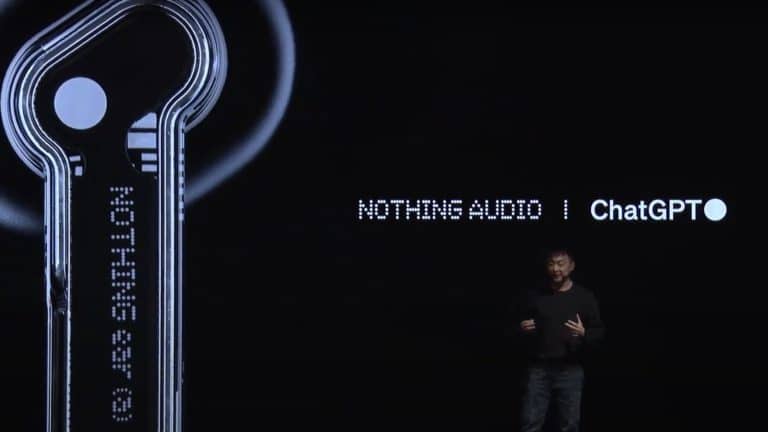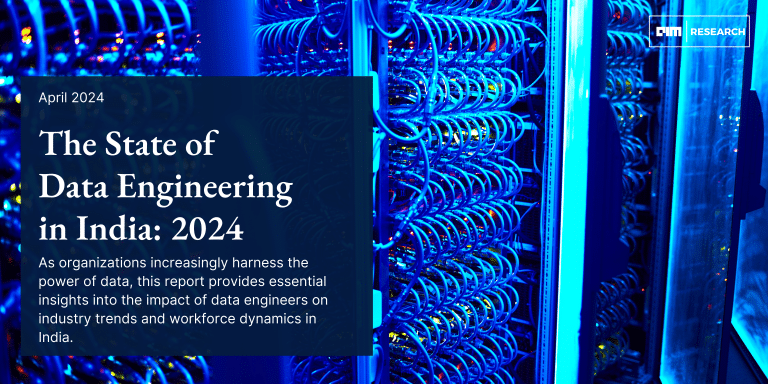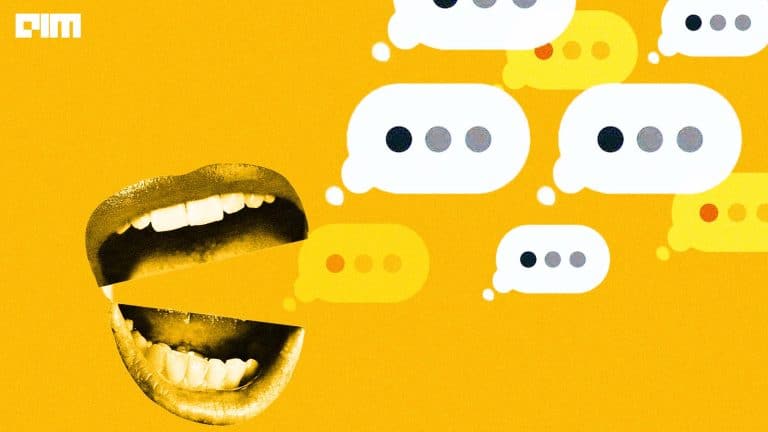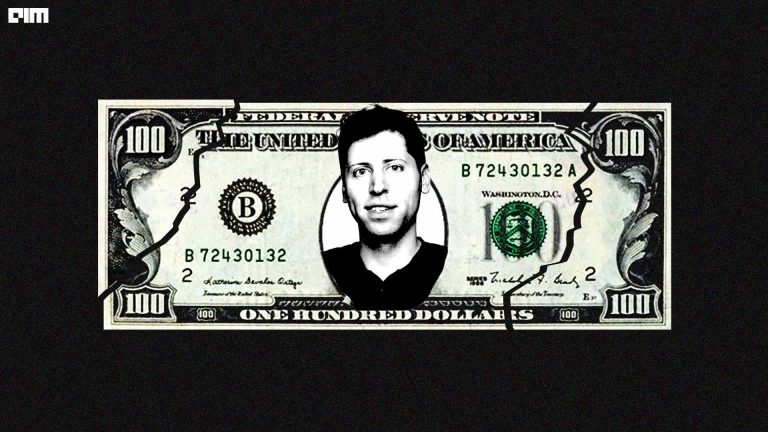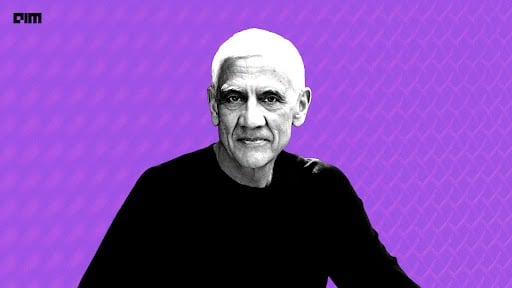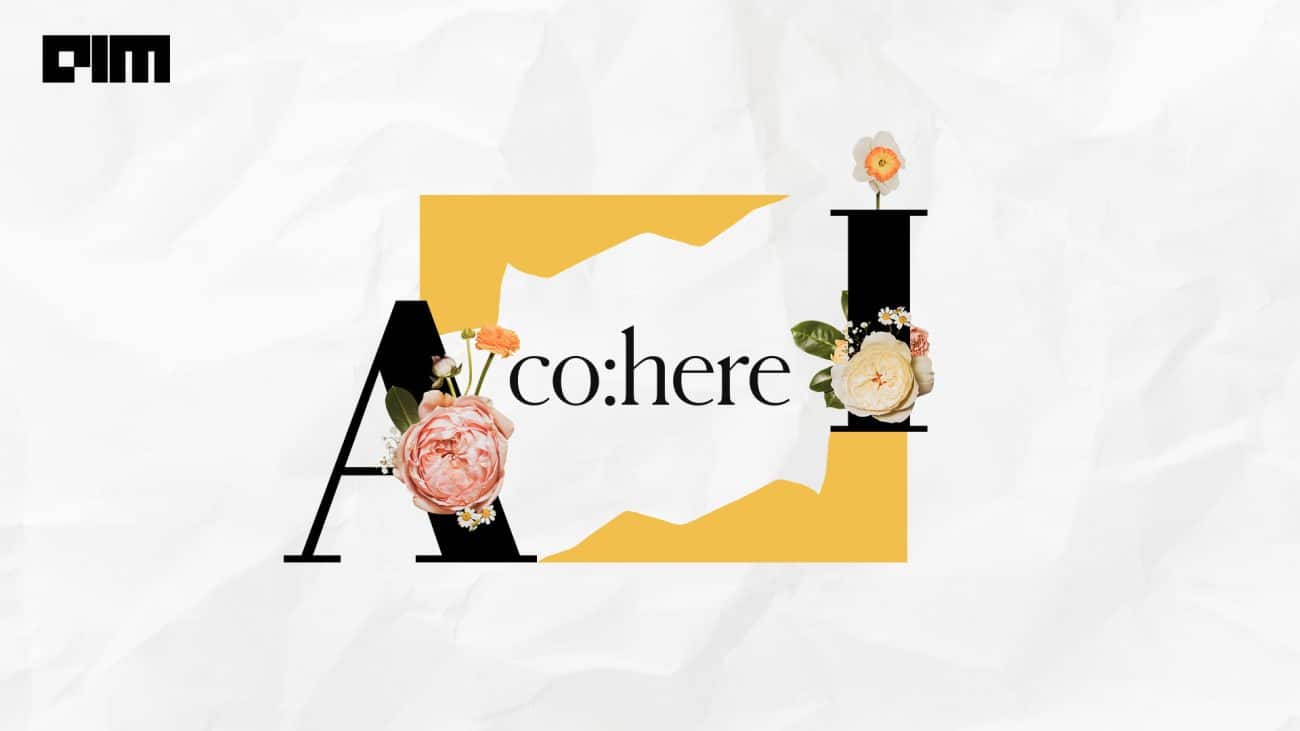|
Listen to this story
|
Ireland-based assistant manager and tech enthusiast Dmitry Alekseev took the AI world by surprise with his new horror-thriller film “House of Dreams“, which he made solely with Midjourney. All characters, locations and voices are AI-generated. You can watch the trailer here.
“For the last month, I have been travelling 145 hours across the expanses of AI, writing the script, creating characters. I played like an actor during the animation and voice acting of all the characters. And I especially enjoy editing possibilities of reshooting and shooting scenes,” Alekseev mentioned on his youtube channel.
Independent research lab Midjourney launched its text-to-image tool in 2022 under the overarching theme to “explore new mediums of thought.” Like OpenAI’s DALL-E and the open-source Stable Diffusion, Midjourney can create images from natural language prompts.
The invite-only onboarding tool uses Discord to place and receives calls to AI servers. The bot responds to a natural language query with four low-resolution photos in 30 seconds. To move closer to your intended creativity at this point, you can develop variations and different generations. In contrast to DALL-E 2, which is limited to 1024 * 1024 resolution, your text prompt allows you to modify the aspect ratio and has a maximum resolution of 2048 * 1280. Unlike DALL-E 2, Midjourney blends CLIP with various image-generating techniques.
SALT
In September 2022, Berlin-based tech entrepreneur Fabian Stelzer created the visuals for his sci-fi film project, “Salt“, using AI tools like Midjourney, Stable Diffusion, and DALL-E 2. He also used video editing and several deepfake tools to create the illusion of motion. Additionally, Murf, an AI voice generator, was used to construct all but one of the voices in the film (Stelzer’s voice).
AI in Filmmaking
Computer-generated imagery (CGI) has been the favourite of designers for a while now as it enhances the audience’s visual experience. But AI has now also penetrated the other departments of film production, like scripting, scheduling, and subtitling. Recently, the AI system Dramatron has used large language models for writers to collaborate on screenplays and plays. For uniformity across the created text, Dramatron employs hierarchical tale generation. In 2016, AI tool Benjamin wrote the script for a 10-minute short film, Sunspring. Benjamin used a recurrent neural network to generate the script. While in 2020, Calamity AI used Shortly Read, an AI tool built on GPT-3, to write the screenplay for a three-and-half-minute short film. Warner Bros has partnered with AI-based startup Cinelytic, which provides analytics services, scheduling, financial modelling etc. The AI-based screenplay analysis and financial forecasting tool from Belgium’s ScriptBook examines scenes and suggests whether or not to promote them. For the process to be automated and standardised, ScriptBook developed an AI algorithm. There are many more sectors where AI is yet to be explored.
The future of film production is bright. AI removes the logistical issues of finding actors, recce and so on. But it will be interesting to see if it is strong enough to replace humans.







